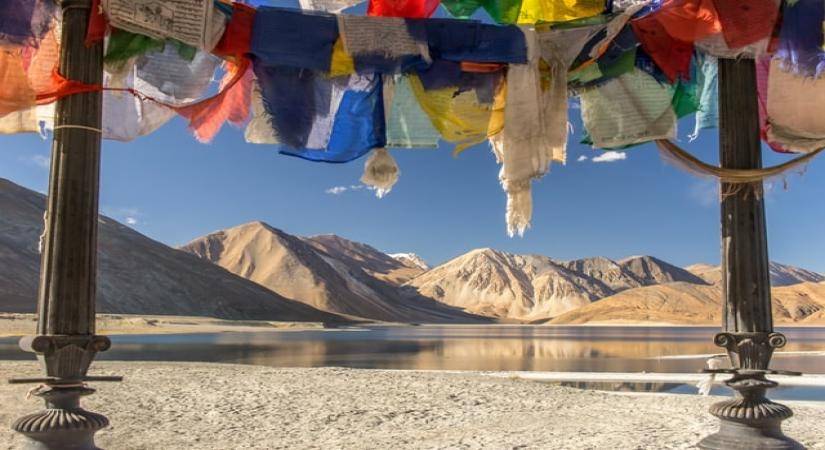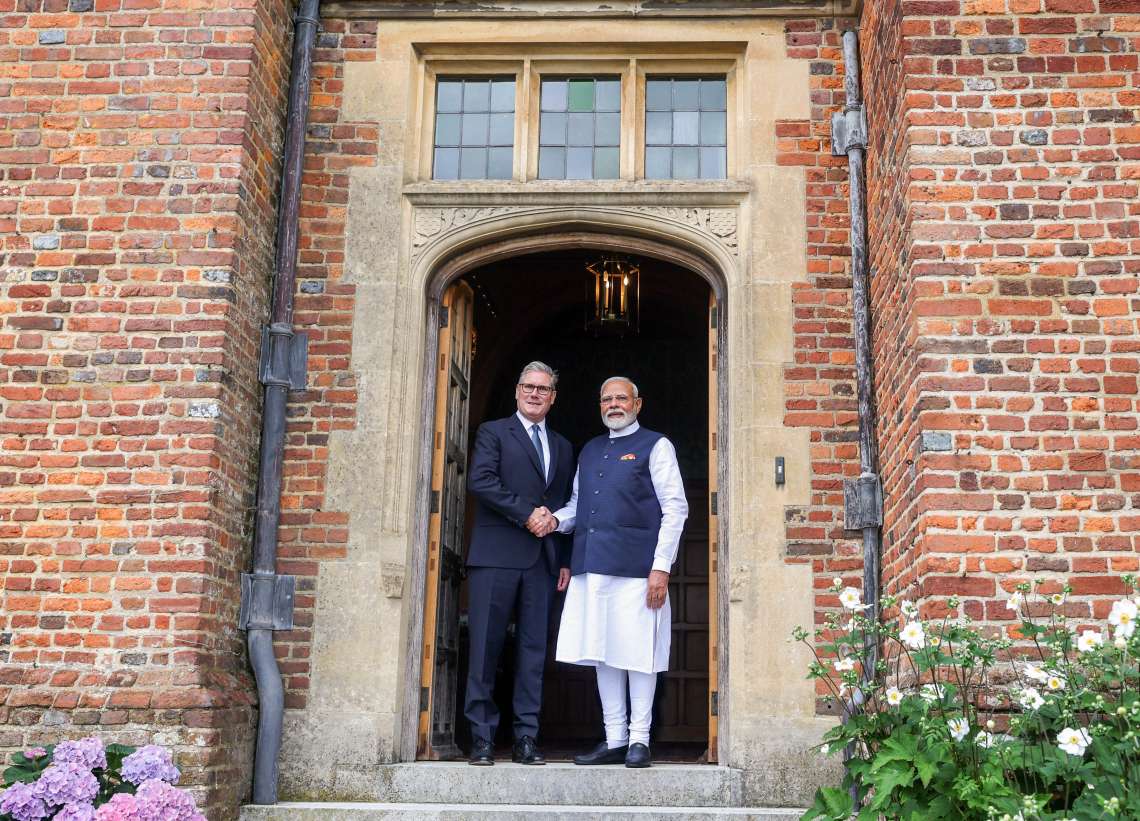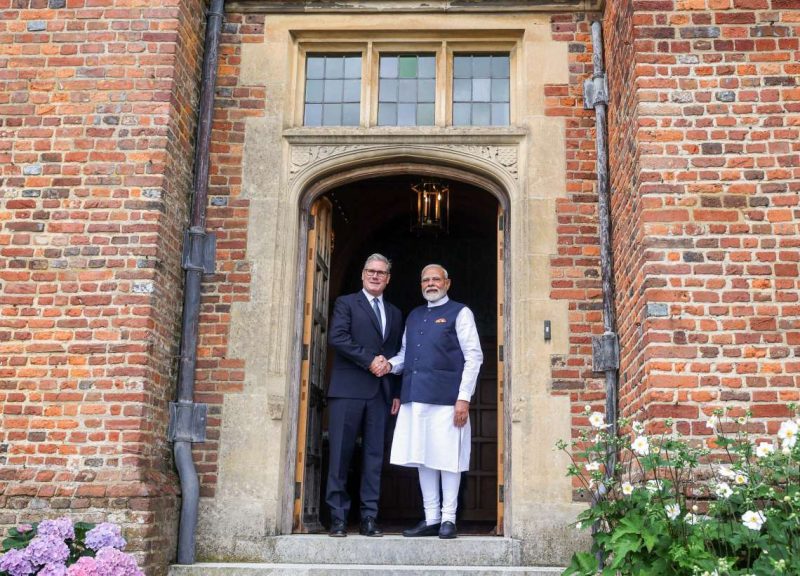Even as the deadline of 2024 had been set for completion of the Rs 10,000 crore infrastructure project at the foundation laying ceremony, government pulled it down to December 2023, a report by Ahmed Ali Fayyaz
When the erstwhile state of Jammu and Kashmir was split into the two Union Territories of Jammu and Kashmir and Ladakh in August 2019, Ladakh, with the two districts of Leh and Kargil, ended up as the smaller in terms of population than Jammu and Kashmir comprising 20 districts. According to the Census-2011, Ladakh’s total population was 2.90 lakh against J&K’s 122.45 lakh.
But in terms of area, J&K was a huge loser in the reorganisation in 2019. After the UT’s demarcation, J&K’s total area is now 0.44 lakh square kilometre against Ladakh’s 1.04 lakh sq km.
Holding strategic importance for India and bordering China and Pakistan, Ladakh has currently two-odd road communication links to the rest of the country and the world — one each through J&K and Himachal Pradesh. Both the high altitude roads remain closed not only for six months of the winter but also for many days due to heavy rains and landslides for the rest of the year.
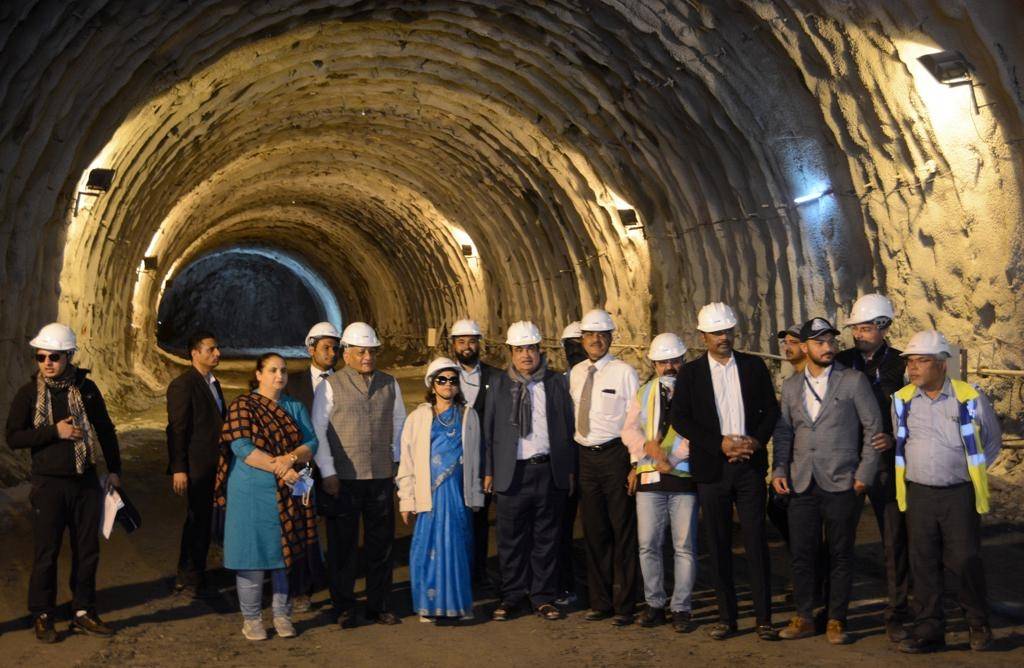
Prime Minister Narendra Modi laid the foundation stone of Ladakh’s first all-weather road connectivity to the rest of the country and the world through J&K in 2018. This ambitious project of the Union Ministry of Road Transport and Highways comprises a
14.2-km long bidirectional tunnel through the infamous Zojila Pass on the 300-km Srinagar-Kargil-Leh highway. It also includes development and expansion of a 20-km road length between Zojila and Z-Morh, close to the famous tourist resort of Sonmarg and a base camp of the annual Amarth pilgrimage at Baltal.
Even as the deadline of 2024 had been set for completion of the Rs 10,000 crore infrastructure project at the foundation laying ceremony, Union Minister of Road Transport and Highways, Nitin Gadkari, pulled it down to December 2023. On Tuesday, September 28, Gadkari along with senior engineers and officers of his Ministry conducted an inspection of the under-construction tunnel at Zojila and the road at
Z-Morh. He emphasised that all the strategically important highways and tunnels in J&K and Ladakh should be completed by December 2023 albeit without compromise to quality of the works.
After completion of this project, Ladakh will remain connected to the rest of the country 24x7x365. “As of now, we have no dependable connectivity by road or air with the rest of the world. While the two highways remain closed for over six months of the winter every year, the air services remain disrupted due to inclement weather for many days a year. This will be the real lifeline to Ladakh,” said Nasir Ali, a hotelier in Kargil.
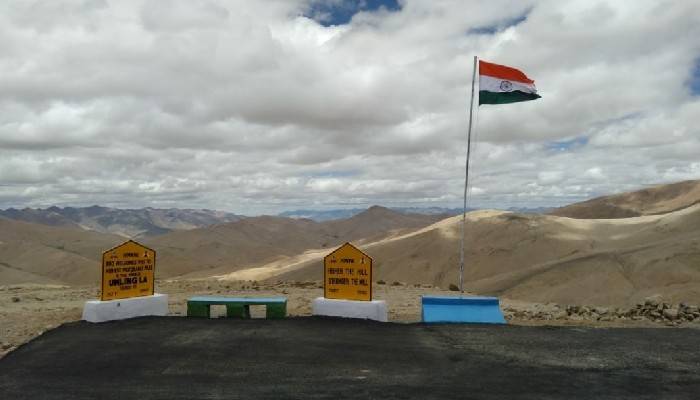
A criss-cross of highways and tunnels has been in progress in Jammu and Kashmir in the last nearly 10 years. The four-laning of the 294-km Srinagar-Jammu highway is now nearing completion. Three small tunnels, besides a 10-km long tunnel between Chenani and Nashri on the highway are ready. An eight kilometre long tunnel has been completed and unofficially thrown open to traffic between Banihal and Qazigund ahead of its expected inauguration by Prime Minister Modi.
Work is currently underway on some tedious sections between Nashri, Ramban and Banihal. On completion of this highway, the distance between Srinagar and Jammu will be cut to around 230 kilometres and the average travel time will be reduced from 12-14 hours to just 4-5 hours. “It is coming up as an incredible boon for our horticulture industry. Every fresh fruit grower’s dividends will multiply three-fold, four-fold,” said Haji Ghulam Rasool of Shopian.
According to Principal Secretary Agriculture and Horticulture, Naveen Choudhary, apple and other fresh fruit growers are suffering massive damages due to blockage of the Srinagar-Jammu highway for indefinite periods. A large quantity of the fresh fruit sent to Delhi and other capital cities rots on the road. Kashmir alone produces 22 lakh metric tonne of the fresh fruit each year. More than 80 per cent of it is exported to the markets in Delhi, Mumbai, Bengaluru, Kolkata and other places. Choudhary said the total capacity of the Controlled Atmosphere Storages (CASs) in Kashmir was 1.25 lakh MT against the minimum requirement of 7 lakh MT.
After completion of the tunnel between Srinagar and Kargil, Ladakh’s fresh endemic apricots will be transported all the way to Delhi and other major cities and fetch substantial benefits to the growers in Ladakh. “It will give an unimaginable boost to our tourism, trade and horticulture,” Shamasuddin of Leh asserted.
Travel between Srinagar and Jammu/Delhi will become easy with the completion of the Katra-Banihal patch of the rail link. The world’s highest railway bridge is coming up on the same track in Jammu’s Reasi district. It will be Kashmir’s first all-weather and dependable rail connectivity with Delhi and rest of the country. A 10-km tunnel on the railway has been operational through Pir Panjal mountain range since 2013.
All-weather and dependable road, rail and air connectivity with the UT’s of J&K and Ladakh has become all the more important and urgent in view of last year’s skirmishes between the Chinese and the Indian troops on the LAC in Ladakh.
(The content is being carried under an arrangement with indianarrative.com)


